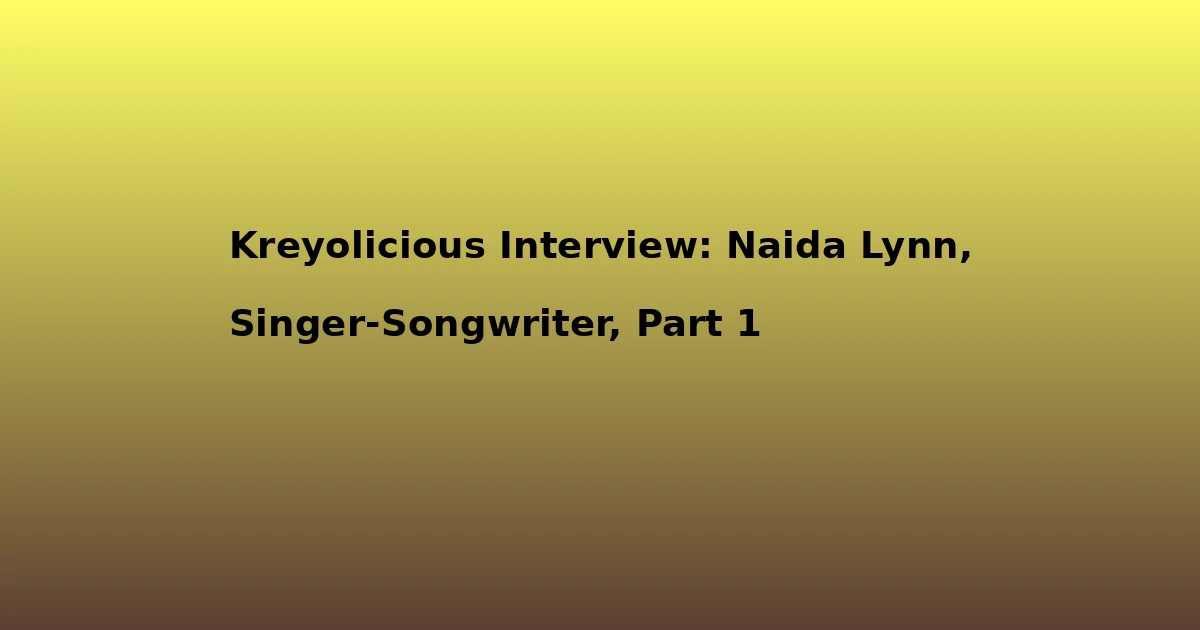Painter Alexandra Barbot’s most electrifying career highlight thus far in her career? Her very first art exhibit in Munich Germany at the French Institute. How did Barbot manage to get into such a prestigious exhibit as a first-timer?
Barbot had made a nice calling card. She had painted the French actor Michel Picoli for the cover of an exhibit booklet entitled “Haiti Dans Tous Mes Rêves” (Haiti As I See It In My Dreams). Barbot had drawn gingerbread houses, and a family portrait of Nicolas Barbot, a great-great-uncle who had been the Haitian Counsul in New York in 1870, along with a host of figures from that time. This simple connection led to her being a part of the exhibit.
From these splashy beginnings, Barbot has carved a career for herself not just as a painter, but as an author. She penned a children’s book about , the settler from Haiti known as the founder of the city of Chicago. She also penned Mommy, Tell Me About Haiti, .
Did you start showing signs early on in life…say as early as kindergarten, that visual arts—that painting was going to be a big part of your life?
I always loved paintings and drawing at my school Saint Rose de Lima in Port-au-Prince. We had drawing classes and they were my favorite classes. I remember using very early unconventional material for art.
For example, I remember doing a pastel of the Lac de Lamartine with some eye shadows and powders. It was beautiful.
How supportive are your parents and the rest of your family when it comes to your being a painter?
My parents had no objection with me pursuing painting as an academic study. I was in law school when I found out about the Haitian master painter Roland Dorcely and his school of fine arts that he dispensed to a lucky few students. I have to say I did not choose painting, but painting chose me because I had no intention to paint for a living although [painting] master Dorcely tried to explain to me the importance of a painter in a society, especially having the opportunity to go abroad and study or increase the exposure to arts by visiting the European Museums were he studied.
I painted first to enhance my home and have scenes of Haiti in my house. But a guest who visited me in Germany—where I lived twelve years—loved my art work and wanted to purchase it. [That was also the case of my first gingerbread house painting. One of my friends, a Canadian lady living in Hanover—wanted this painting by all means, telling me that back home in Canada, Haitian artists were well-seen.
She insisted so much that I sold it to her. After that, I painted to educate people about the history of Haiti and its contribution to the world. I painted family members from old photographs that I found of them in the 1870’s and mainly gingerbread houses.
My family approved of that because they wanted this positive image of Haiti out there. They were also were affected by the negative image of poverty and the ignorance that people had about Haiti and its inhabitants.
Growing up, what are your memories of being Haitian?
My memories of being Haitian are Carnival time, and the culture of cultivating joy and happiness that is in our people as a result of that no matter how rich or poor they are. My grand mother’s house was on Lalue in Port-au-Prince, one block from Les Difficiles de PetionVille’s rehearsal place and back then in Haiti the first Sunday after Christmas was carnival rehearsal time until Carnival. Next to that, were memories of weekends at the beach with my parents eating lambi Boukannen, the kindness of the country people and all the douces or coconut and peanut taffy candy.
They even had plantain douce in the area of were my mom is from. Douce with cashew nuts that the market people would sell on the street. I remember summers spent in Kenscoff eating berries and peaches in one of our escapades with my cousins.
But, I also remember the market people in Port-au-Prince and how they genuinely cared for us—asking my mom if we enjoyed the mangoes they sold her the last time. And she in return, sent them to my dad, a cardiologist for free medical visits—which he was not always happy about because they could not afford to pay him or would pay him with goods. But he had a high-paying clientele and a good heart, so he took care of everybody my mother sent him.
Can you paint anywhere, anytime, in whatever mood or do you have to have some particulars?
I like to paint in the morning at four or five—when all is quiet and that is when I am most productive and happy with my work. But, if I have a deadline, I will paint anywhere, anytime. I can only do that for paintings that I have already painted spiritually.
Each and every one of my paintings I first see them in my head and plan all the colors and details before I touch the brush or colors. I am not one of those spontaneous painters.
I see. What usually keeps you from finishing a painting?
I start many paintings at a time and I finish them according to the circumstance [for which] they are needed. A painting will take one to five years to be finished—depending on the subject, but portraits are finished in two months. When I am productive, I can produce four paintings a month.
So, it is very difficult for me to know when I start a painting when I am going to finish it—except the ones that are commissioned and have to be finished at a certain time. I never have anything keeping me from finishing a painting. If it is incomplete, it’s because the time to finish it hasn’t come—yet.
Other than your own work, which other painters do you admire?
I have a great admiration for Master Roland Dorcely, I love his work and his life story is pretty impressive too. He studied in Paris in the 50’s with Fernand Leger, was invited at Picasso’s atelier, he told me that Paloma Picasso was always very kind to him, he was already married with Nicole Turnier the sister of famous painter Luce Turnier then. I like his cubist-influenced paintings.
One of them can be seen at the Museum of Modern Art in Boca Raton—“Le Coq et la Chaise” [The Rooster and The Chair]. He brings Haitian culture pieces like the straw chair and the rooster, but he gives it this cubist touch. The composition is very interesting.
I also like his gingerbread houses that influenced my love for gingerbread houses as much as the orchids. I also like Edouard Duval Carrie. His work is very interesting and makes you think about very deep subjects approached lightly. [I love] Tiga and Philippe Dodard, as much as Ralph Allen and Legagneur—great colorists and fabulous [when it comes to] technique.
Did you formally study art?
Yes, I was privileged to study with [one] the best Haitian artists and I knew that it was a very special opportunity. I studied three years. His technique was that of the Academie des Beaux Arts in Paris.
We had to copy old classic paintings and he had a collection of paintings that he had copied just so that we could learn from him because the books did not give the appropriate rendition of colors used by the artists. He knew that because he had seen the originals at Louvre in Paris. There was Breugel, the old Da Vinci, Titiano, Albrech Durer, Rubens an incredible collection of fabulous reproductions he had made just for his students that could not travel to France to the Louvre to see them.
Do you think training is an absolute necessity?
For me it was, because the type of art I wanted to do, required rigorous training and knowledge. But there are very famous artist that did not train the academic way and still acquired a purity of style.
Let’s say the day comes when Alexandra reaches retirement and while she’s outdoors washing her vintage paint brushes and contemplating her career, a rookie painter approaches, right? And this rookie wants to learn the ropes, wants to pick your brain about career direction, what would you say to her?
I would say a painter never retires—because the older you get, the more value your paintings acquire. why stop when it finally gets better. Few are those who have known fame at the beginning of their career.
When I started twenty years ago and looked for a gallery, they asked me, “Where have you exhibited? How many years have been painting?”. They want to be sure that two years from now, you will still be painting.
They need this credibility for their clients. I would tell the young artist, it is a very hard job. It requires discipline and abnegation and great self-confidence about who you are, what you want to accomplish in your work.
I would say do not choose art—if it does not choose you. Study nursing, medicine or law, architecture. But if art chooses you, let it guide you—and follow the path that it is creating for you—along the years.
Last Updated on December 2, 2025 by kreyolicious



